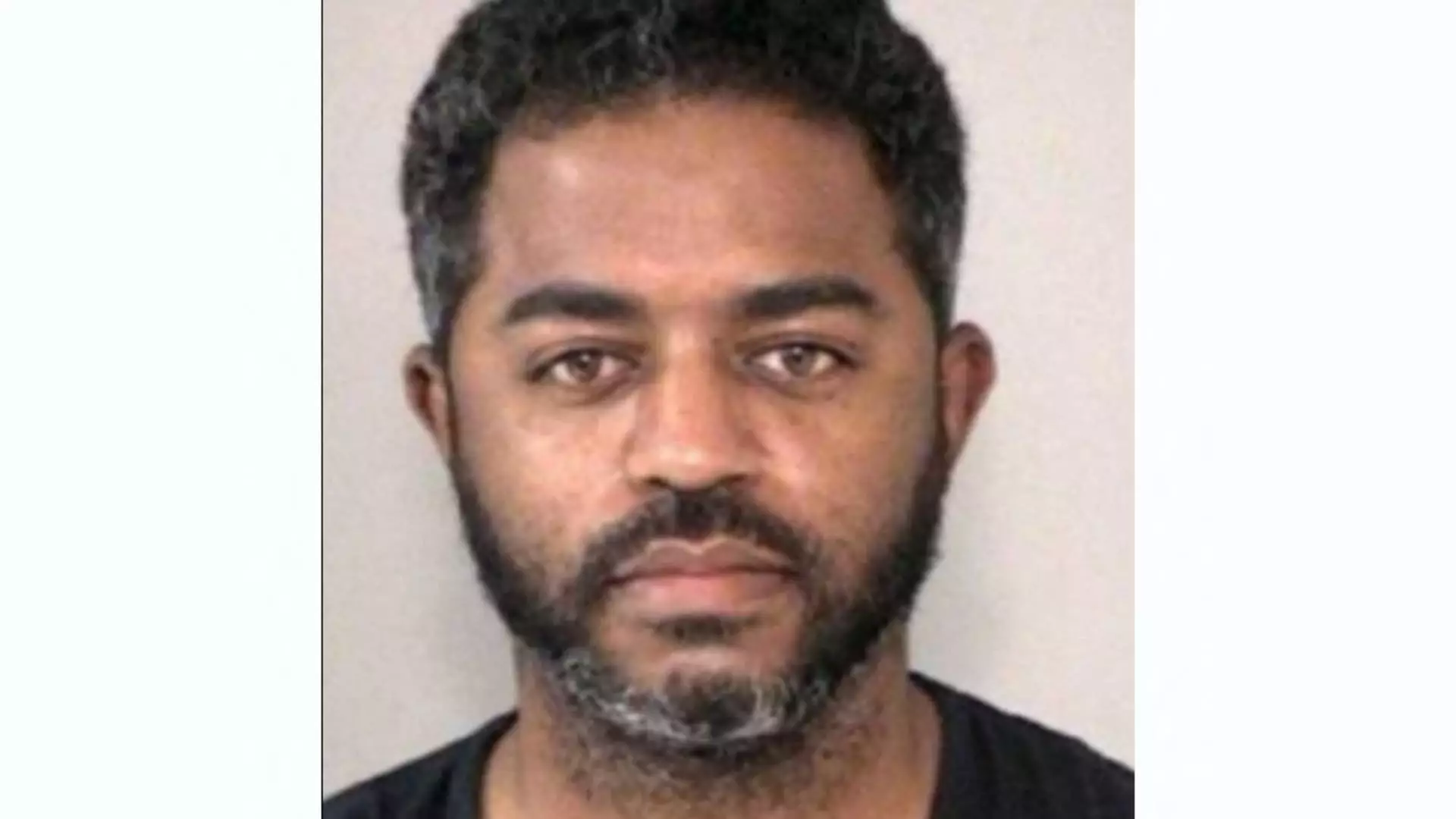On New Year’s Day, the festive atmosphere in New Orleans was shattered by an ISIS-inspired attack that left 14 individuals dead. The assailant, identified as Shamsud-Din Jabbar, drove a pickup truck onto a crowded sidewalk, bypassing law enforcement barriers intended to protect celebrators. This blatant act of violence not only caused tragic loss of life but also raised urgent questions about security and the nature of modern terrorism in the United States.
Failed Explosive Devices: A Critical Element
Initial reports from the FBI and ATF reveal that Jabbar had intended to maximize carnage through additional methods, including planted explosives on Bourbon Street. Despite his planning, these devices remained inert, as they failed to detonate. The ongoing investigation seeks to determine whether this malfunction was due to a technical failure or the result of Jabbar’s execution of the plan. The unsuccessful attempt to explode the devices adds a layer of complexity to the incident, propelling investigators to further analyze Jabbar’s explosives knowledge and methods.
The Composition of the Explosives
Emerging details indicate that Jabbar utilized a rare and sophisticated explosive compound, one that has reportedly never been seen in any terror-related incidents in the U.S. or Europe prior. This raises serious concerns surrounding national security; how was Jabbar able to acquire such knowledge and materials to develop homemade explosives? Investigators are now tasked with unraveling this mystery, particularly focusing on Jabbar’s potential associations with extremist groups or instructional materials that might have provided insight into bomb-making techniques.
Further compounding the chaos was Jabbar’s subsequent act of arson at a rental property where bomb-making materials were found. The fire started shortly after the attack and was reported to have extinguished itself, allowing officials to recover crucial evidence. This particular act suggests a premeditated effort to erase incriminating evidence, perhaps indicative of a deeper desperation or awareness of the gravity of his actions. The overall timeline of events paints a disturbing picture of a calculated assault on civilian life.
Immediate Fallout and the Response
In the wake of this attack, the local and national response has been swift and decisive. Federal officials have maintained the narrative that Jabbar operated alone, providing a temporary sense of control amid the chaos. Additionally, the mourning period for victims will be observed with the impending visit of President Joe Biden and First Lady Jill Biden to the city. Such gestures are vital in providing community support and highlighting the importance of unity in the face of adversity.
This incident is a stark reminder of the evolving nature of domestic terrorism. The sophisticated nature of the explosives, alongside Jabbar’s evident forethought in planning the attack, suggests that future threats may become increasingly complex. Law enforcement agencies must now grapple not only with immediate security measures but also with long-term strategies to counteract the rising tide of homegrown extremism. As the investigation continues, the insights gleaned from this tragedy will undoubtedly shape responses and policies aimed at thwarting similar attacks in the future.

